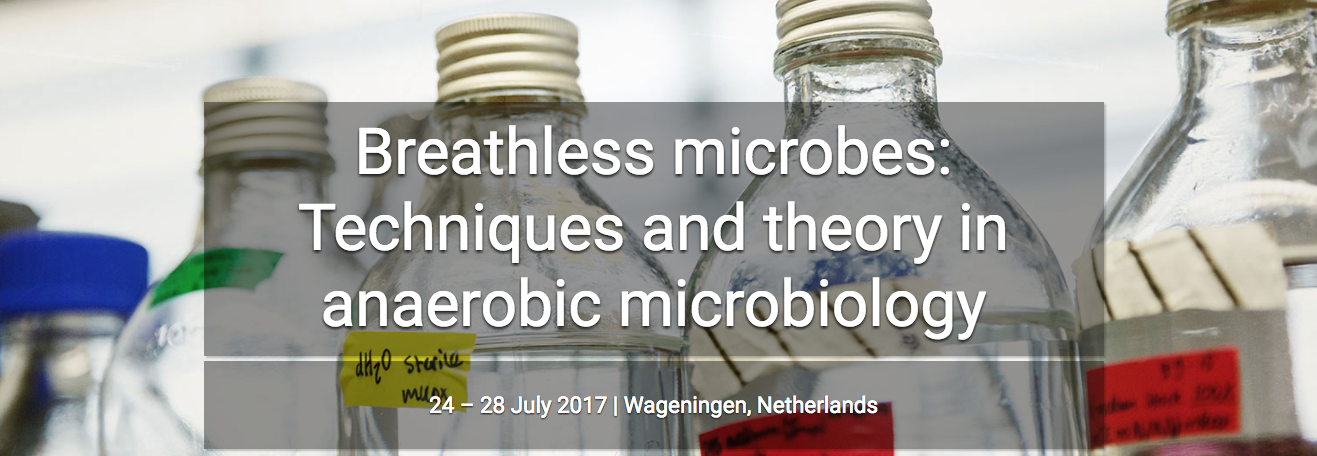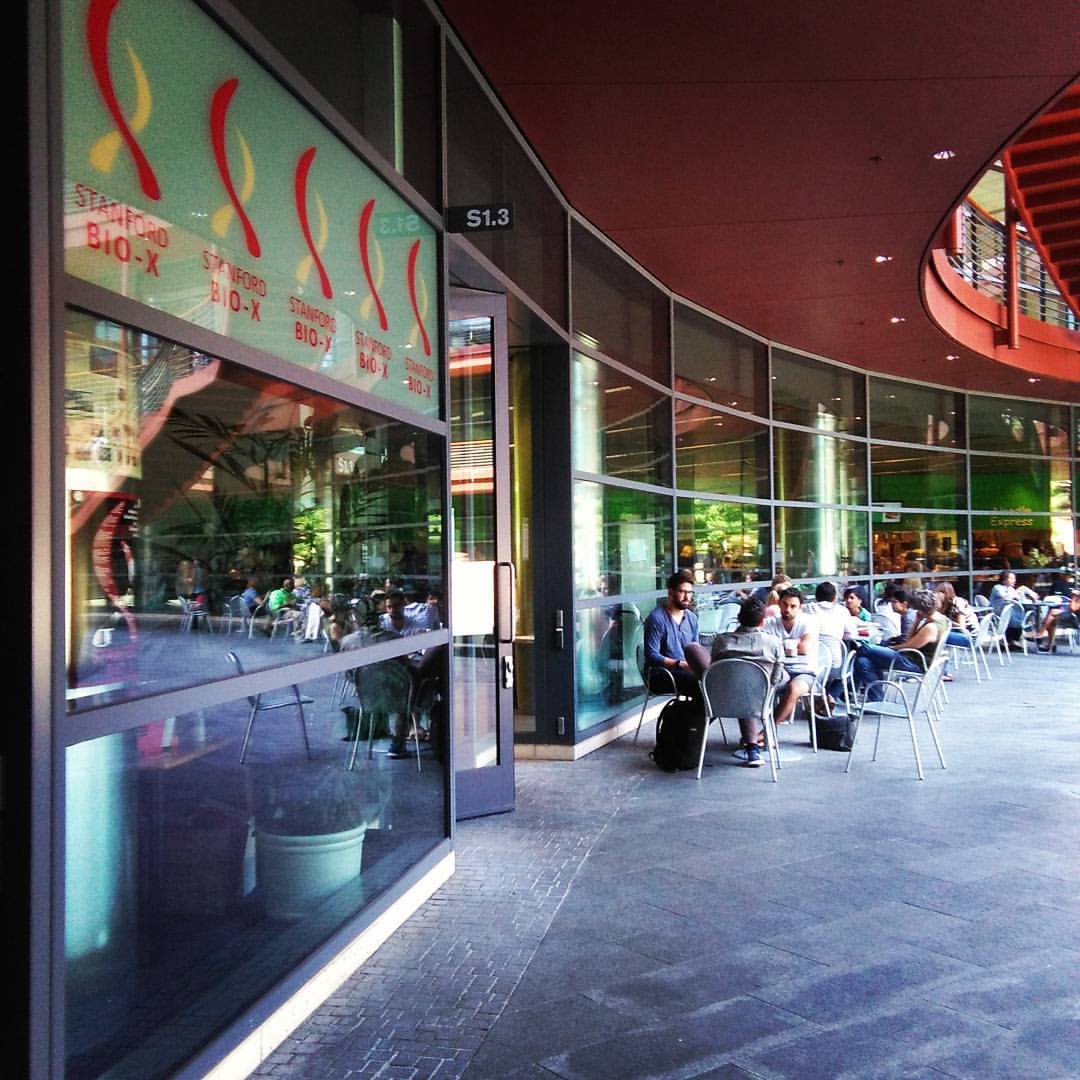At the beginning of August, Paola went for a three-month environment exchange to UMASS Amherst where she will work with our collaborators Prof. Derek Lovley and Prof. Dawn Holmes. During her stay, Paola will learn how to do genetics in Geobacter and other organisms. She’s also taking a course in scanning electron microscopy and she’s been really excited about finally
Both Mon and I returned to SDU after our journeys abroad. I returned after a 6 months research stay at UMASS Amherst and Mon returned after a 2 months research stay at Radboud University in Nijmegen where she worked with Cornelia Welte. Mon participated in an EMBO anaerobic microbiology course in Groningen. She presented her work there both as a
At the beginning of August, I gave talks on direct interspecies electron transfer at the University of California Dana and Dornsife and at Stanford University. With this occasion, I visited collaborators (Moh El Naggar and Alfred Spormann), their labs and their groups. We hope that in the future we will build a stronger connection between our labs.
It’s been a pleasure to give a keynote talk at the Geomicrobiology Network Research in Progress meeting in Manchester. A second keynote will follow at the Redox Active minerals in Natural Systems meeting in Manchester. Plus I met some great scientists including Prof. Jon Lloyd and listened to exciting science. Some tweets of my talk:
It is only a couple of days since Mon has relocated to Netherlands (Radboud University) for her PhD environment exchange. In Netherlands, she is developing genetics in methanogens together with Assist. Prof. Cornelia Welte in the lab of Prof. Mike Jetten. Genetics in methanogens is a critical tool to broaden our understanding of electron transfer in methanogens growing on electrodes or by direct interspecies electron transfer. At the





